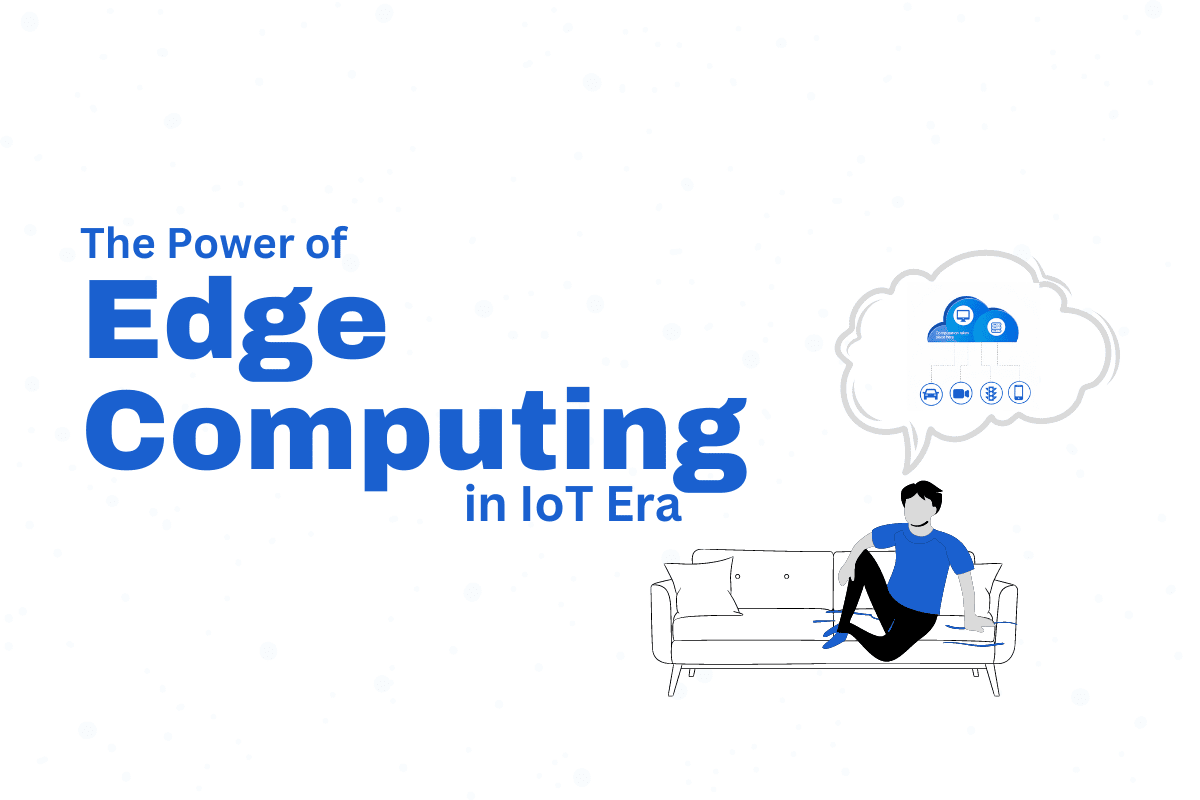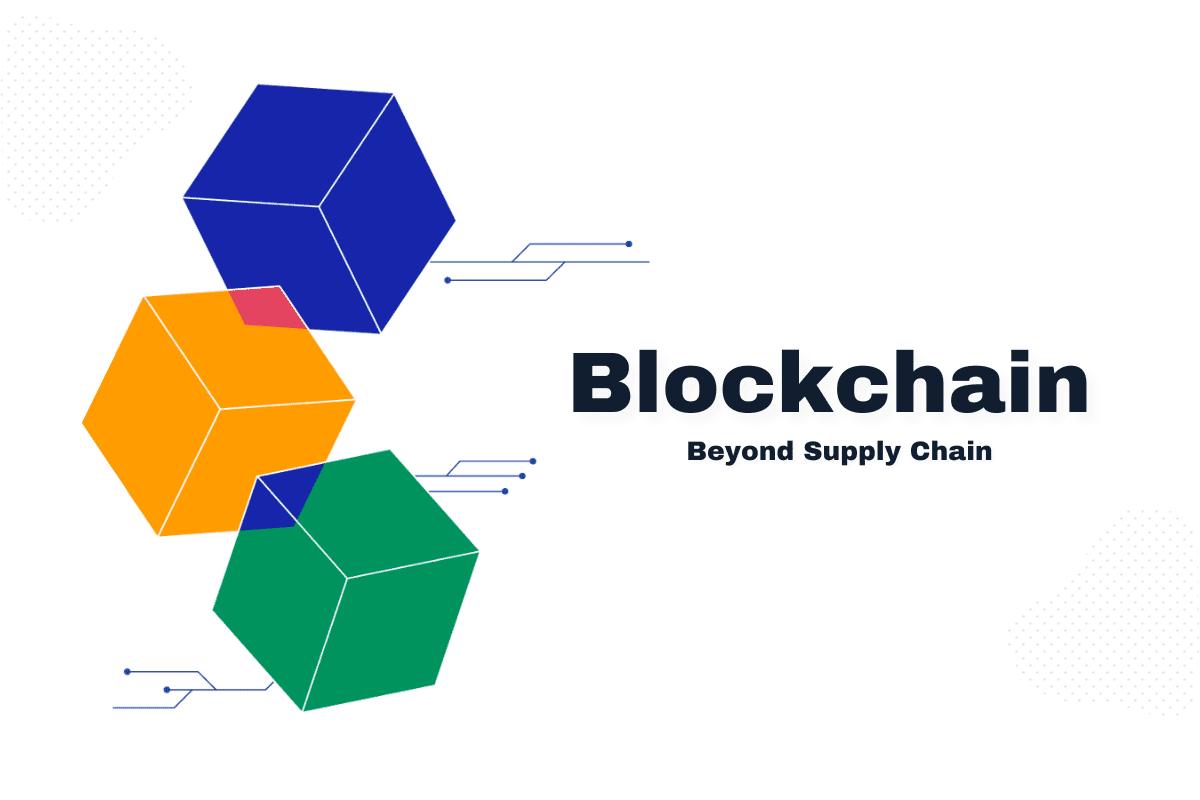In today’s digital age, Airfiber internet at warp speed is reliable, and fast internet connectivity has become a necessity. Whether it’s for work, education, entertainment, or communication, we rely heavily on a stable internet connection to stay connected and access information. Traditional internet connections, such as DSL or cable, have served us well, but they have their limitations. However, a revolutionary technology known as Airfiber is transforming the way we connect online, offering incredible speed, reliability, and flexibility.
Introduction
The introduction will set the stage by highlighting the importance of internet connectivity in our lives and the limitations of traditional connections. It will then introduce Airfiber as a game-changing technology that addresses these limitations.
What is Airfiber?
This section will provide a clear definition of Airfiber (Link), explaining that it is a wireless communication technology that uses microwave signals to transmit data. It will emphasize that Airfiber is not dependent on physical cables and can provide fiber-like performance wirelessly.
Also Read: The Hidden Android Restart Ritual!
The Benefits of Airfiber
Increased Speed and Bandwidth
Here, we will discuss how Airfiber offers significantly higher speeds and greater bandwidth compared to traditional internet connections at warp speed. Users can experience lightning-fast download and upload speeds, allowing for seamless streaming, online gaming, and large file transfers.
Reliable and Stable Connectivity
This subsection will highlight Airfiber’s reliability and stability. By utilizing advanced wireless technologies, Airfiber can maintain a consistent connection even in adverse weather conditions, making it an ideal choice for areas prone to disruptions.
Low Latency
This part will explain how Airfiber internet at warp speed minimizes latency, resulting in a near-instantaneous response time. Gamers, video conference participants, and online application users will benefit from reduced lag and a smoother online experience.
Flexibility and Scalability
Here, we will discuss Airfiber’s flexibility and scalability. Unlike traditional connections, which may require extensive infrastructure upgrades, Airfiber can be easily deployed and expanded to accommodate growing demands without significant investments.
How Airfiber Works
Line-of-Sight Communication
This subsection will explain the line-of-sight communication principle employed by Airfiber. It will describe how antennas are strategically placed to establish a direct connection between the transmitter and receiver, ensuring uninterrupted signal transmission.
Microwave Technology
This section will delve into the microwave technology used by Airfiber. It will explain how high-frequency microwave signals are transmitted wirelessly over long distances, providing a reliable and efficient data transfer method.
Fiber-like Performance
Here, we will highlight that Airfiber provides performance comparable to fiber optic connections without the need for physical cables. Users can enjoy high-speed internet without the limitations associated with laying fiber optic cables.
Airfiber vs. Traditional Internet Connections
Advantages of Airfiber
In this subsection, we will compare Airfiber with traditional internet connections, emphasizing its advantages. These advantages may include higher speeds, lower latency, greater reliability, and the ability to bypass geographical limitations.
Limitations of Traditional Connections
This part will discuss the limitations of traditional internet connections, such as slower speeds in remote areas, susceptibility to disruptions, and the need for extensive infrastructure upgrades to meet growing demands.
Applications and Industries Benefiting from Airfiber
Telecommunications
Here, we will explore how Airfiber internet at warp speed is revolutionizing the telecommunications industry, enabling service providers to offer high-speed internet access to even the most remote locations.
Education
This subsection will discuss the positive impact of Airfiber on education. It will explain how students and teachers can benefit from reliable internet connectivity, enabling seamless online learning, remote classrooms, and access to digital resources.
Healthcare
Here, we will highlight how Airfiber is transforming healthcare by facilitating telemedicine, remote patient monitoring, and fast data transfers for medical institutions.
Gaming
In this part, we will discuss how Airfiber is a game-changer for gamers, offering low-latency connections, faster downloads, and enhanced multiplayer experiences.
Remote Work
This subsection will focus on the benefits of Airfiber for remote workers. It will discuss how high-speed, reliable connections enable seamless video conferencing, file sharing, and access to cloud-based applications.
Future of Airfiber
Advancements and Innovations
Here, we will discuss the future advancements and innovations expected in the field of Airfiber. This may include higher speeds, increased coverage, and improved integration with emerging technologies.
Expanding Access and Coverage
This section will highlight the efforts being made to expand Airfiber’s access and coverage, bridging the digital divide and bringing high-speed internet to underserved communities.
Conclusion
In the conclusion, we will summarize the key points discussed throughout the article. We will emphasize how Airfiber is transforming the way we connect online, providing fast, reliable, and flexible internet access to individuals, businesses, and communities.
FAQs
Q1. Is Airfiber available worldwide?
Yes, Airfiber technology is available in various regions around the world, with increasing coverage and accessibility.
Q2. Can Airfiber replace traditional internet connections?
While Airfiber offers significant advantages, it may not completely replace traditional connections in all scenarios. It is best suited for areas where high-speed and reliable internet access is crucial.
Q3. Are there any security concerns with Airfiber?
Airfiber incorporates robust security measures to protect data transmission. However, users should still follow standard cybersecurity practices to ensure their online safety.
Q4. Can Airfiber be used for residential purposes?
Absolutely! Airfiber is suitable for both residential and commercial use, offering fast and reliable internet access for households.
Q5. What are the potential cost implications of switching to Airfiber?
The cost of Airfiber depends on various factors such as location, required bandwidth, and service provider. It is recommended to consult with local providers to get accurate pricing information.




